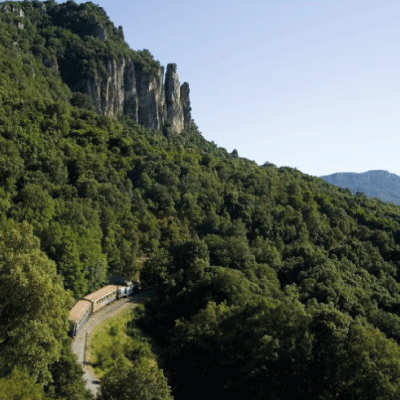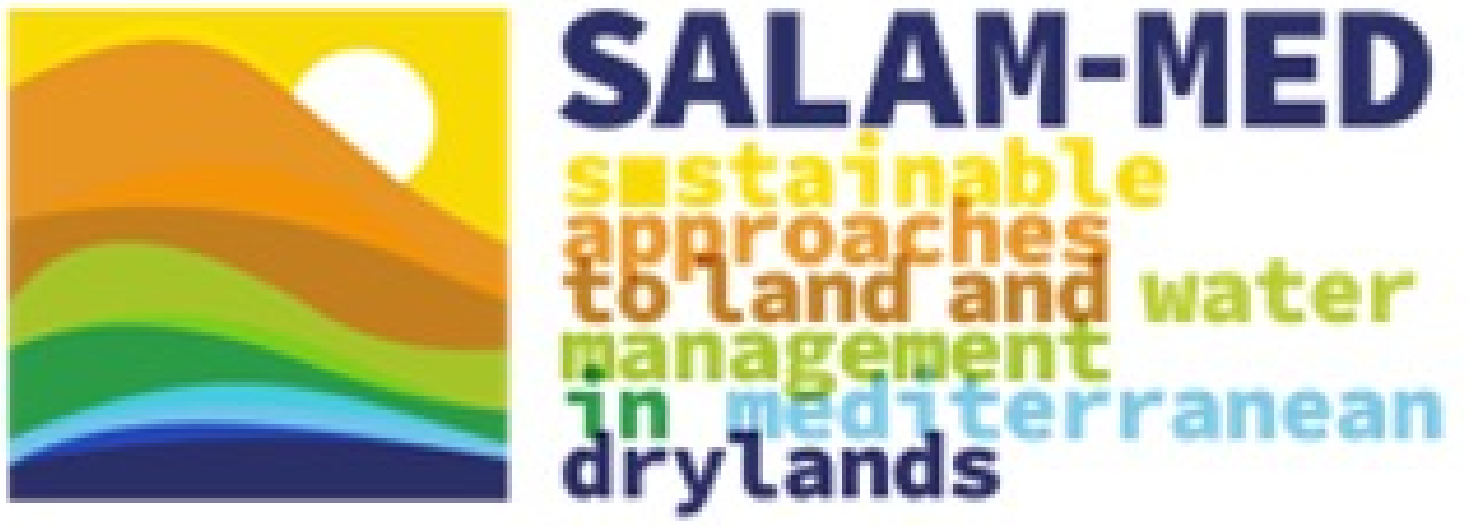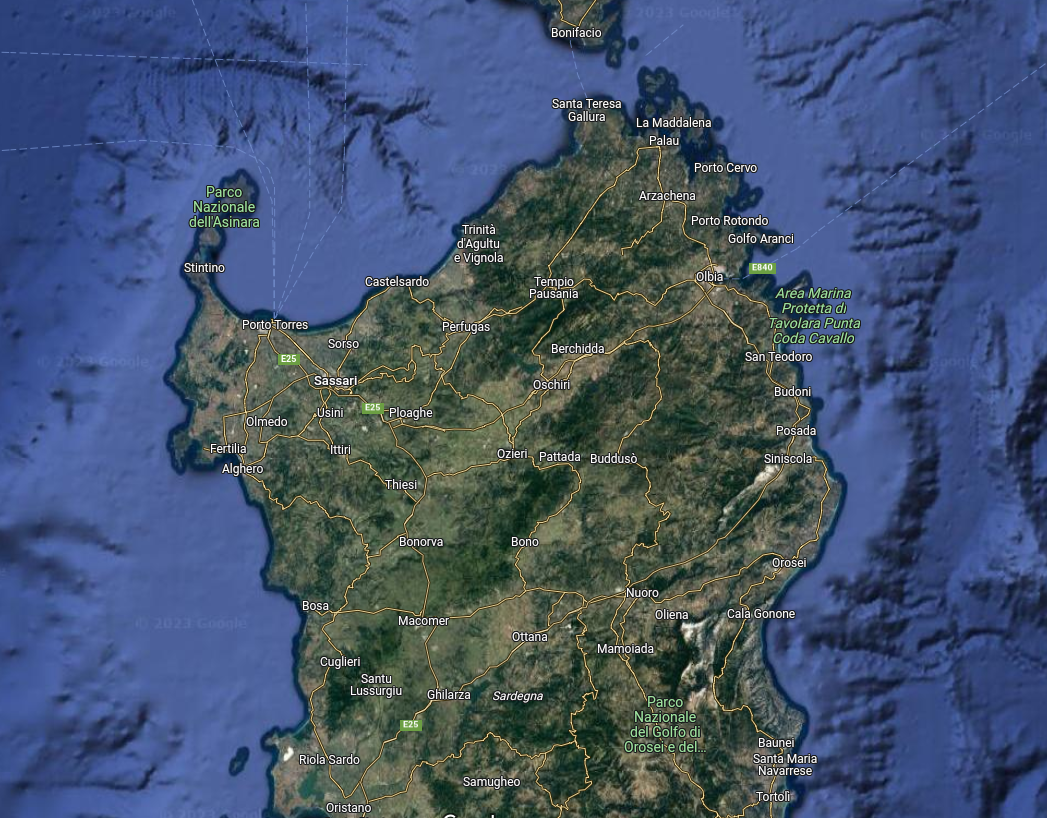Italy
Technologies and Practical solutions developed here
- DSS for forage crop improvement
- Dynamic approach to Silvopastoral Systems
- Microbial-based solutions to increase soil health and fertility
- Virtual Fencing for Adaptive Multipaddock Grazing
- Virtual Fencing to preserve ecosystem services
Leader

Desertification Research Centre (NRD) – UNISS
Profile
Altitude: 250-350 m a.s.l.
Coordinates: 40°49’N; 9°16’E
Size: 200 km² scalable to ≈3,000 km²
Mean annual temp: 14.2 °C
Mean annual prec.: 632 mm
Mean annual ETo: 1050 mm
Aridity index: 0.53
Local population: Gallura, 60,000
Main land uses, crops and animals: agro-
silvopastoral, vineyards, dairy sheep,
suckling cows, cork extraction
Technologies and Practical solutions developed in this Living Lab
Oak ecosystems are key structural components of MED silvopastoral systems. They correspond to contrasting land management practices resulting in a diversity of ground and surface water dynamics. Tree cover is a key feature of these ecosystems integrating large scale grazing, forestry and crop cultivation (Blondel, 2006). A wide range of provisioning, regulating, supporting and cultural ecosystem services are associated to these agroforestry ecosystems (Bagella et al, 2020).
Click on the cards below to learn more about the individual technologies tested in the living lab.


